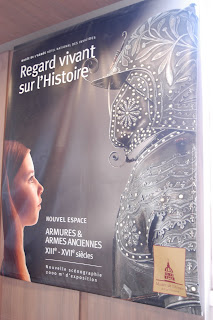




It is human nature to look upon those who came before us as at least slightly inferior, less advanced; indeed, we tend to consider our distant ancestors as uncivilized, if not downright savage. The mute testimony of the standing stones of Carnac, like the formations of Stonehenge, aligned with the magnetic lines of the earth and the stars and planetary bodies of the skies, define the prehistoric mind as vastly more capable both in vision and in technical skill than the stereotypical caveman.
Carnac’s alignments march across acres of flowering grassland along the southern coast of Brittany, tying these continental Celtic peoples to their brothers in Cornwall, Somerset, Wales, and Ireland.
The cairn is a remarkable monument to the dead, but the enormity of the broken menhir simply astounds even the most imaginative of modern minds. A passion of purpose must have propelled the architects and engineers of this dim past; contemplating that vision compels me to ask myself what my culture has built that will endure.





The point where the Gulf of Morbihan meets the Atlantic Ocean inspired our Villanova group to gather for a family portrait. The SEALs in training had another chance to commune with the sea before we boarded the coach for Vannes; I just stood in wonder on the shore and listened to the voice of the sea, murmuring, whispering, crashing as it communes with the land. Both the land and the sea are changed by that relationship, much as they are changed by and change humankind in our relationship with them.
When we stop for lunch, I am in an odd mood. I want the quiet nicety of the fine seafood restaurant overlooking the harbor, the polite adult ritual. I slip away from the college crowd as they debate the terraced cafés and their less pricey fare. I wonder at this need for refined rite, in light of my usual strong proclivity for belonging, for being a part of a group. Perhaps it is simply choosing a group of strangers sharing the fine dining ceremony rather than seeking solitude that motivates my choice. I consider the differences between occasions formal and casual, and come back to the reflection that I have made frequently of late, that American culture has fewer occasions that demand the rigor of formality, and that Americans seem to be less equipped to move comfortably in both.
The city of Vannes offers a telling contrast of modern life in historical context. A local skateboarder flies by the tourist child with his plastic sword, medieval fortifications loom over lots filled with parked cars and coaches. This poster sums it up, “A Living Look at History.” If we as 21st century men can come to grips with our walk as a part of the longer human journey, perhaps then we can turn to becoming a part of the earth’s journey, a voyage of all living creatures.



No comments:
Post a Comment